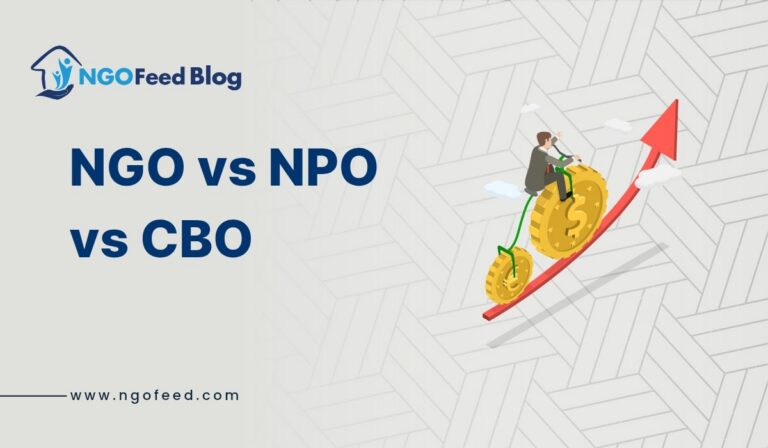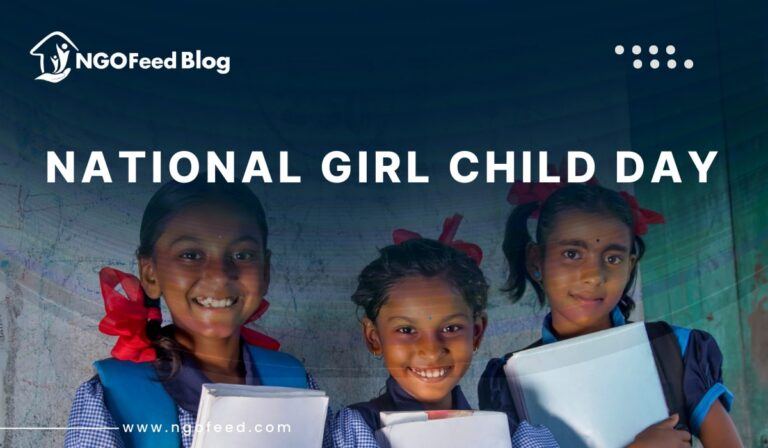Poverty Alleviation And Development: Poverty is about not having enough money to meet basic needs including food, clothing and shelter. However, poverty is more, much more than just not having enough money.
The World Bank Organization describes poverty in this way:
“Poverty is hunger. Poverty is lack of shelter. Poverty is being sick and not being able to see a doctor. Poverty is not having access to school and not knowing how to read. Poverty is not having a job, is fear for the future, living one day at a time.
Poverty has many faces, changing from place to place and across time, and has been described in many ways. Most often, poverty is a situation people want to escape. So poverty is a call to action — for the poor and the wealthy alike — a call to change the world so that many more may have enough to eat, adequate shelter, access to education and health, protection from violence, and a voice in what happens in their communities.”
In addition to a lack of money, poverty is about not being able to participate in recreational activities; not being able to send children on a day trip with their schoolmates or to a birthday party; not being able to pay for medications for an illness. These are all costs of being poor. Those people who are barely able to pay for food and shelter simply can’t consider these other expenses.
When people are excluded within a society, when they are not well educated and when they have a higher incidence of illness, there are negative consequences for society. We all pay the price for poverty. The increased cost on the health system, the justice system and other systems that provide support to those living in poverty has an impact on our economy.
Table of Contents
Global Poverty Alleviation And Development
Poverty has decreased in developed countries since the industrial revolution. Increased production reduced the cost of goods, making them more affordable, while advancements in agriculture increased crop yields, as well as food production.The international poverty line is a monetary threshold under which an individual is considered to be living in poverty. This figure is calculated by taking the poverty threshold from each country—given the value of the goods needed to sustain one adult—and converting it into U.S. dollars. The current international poverty line is $2.15 per day.
Also Read: Role of NGOs in Gender Equality
Many people around the globe still struggle to make ends meet. According to the World Bank, an estimated 700.6 million people lived in extreme poverty in September 2023.
It’s estimated that more than 40% of the world’s population lives in poverty, with the U.S. scoring the worst among developed nations. According to a report published in the journal Frontiers in Public Health, communities of color are more susceptible to poverty because of “racist notions of racial inferiority and frequent denial of the structural forms of racism and classism” globally and within the U.S.
Poverty and Children
The impact of poverty on children is substantial. Children who grow up in poverty typically suffer from severe and frequent health problems. Infants born into poverty have an increased chance of low birth weight, which can lead to physical and mental disabilities.
In certain developing countries, poverty-stricken infants are nine times more likely to die in their first month compared to babies born in high-income countries.Those who live may have hearing and vision problems.
Children in poverty tend to miss more school due to sickness and endure more stress at home. Homelessness is particularly hard on children because they often have little to no access to healthcare and lack proper nutrition, which often results in frequent health issues.
Important Characteristics of Poverty Alleviation And Development
Some of the important characteristics of poverty in India are:
- Rural-Urban Divide: Rural areas are generally more impoverished than urban areas. A significant proportion of India’s population is still engaged in agriculture, which is often characterized by low productivity, low wages, and poor working conditions.
- The poverty ratio was as high as 32.75% in rural areas compared to 8.81% in urban areas. (NITI Aayog MPI, 2021)
- Unequal distribution of wealth: The gap between the rich and poor in India is vast
- 5% of the population own more than 60% of the country’s wealth (Oxfam report 2022)
- Lack of education: Poverty is closely linked to lack of education in India. The literacy rate in rural areas is lower than in urban areas, and illiteracy often leads to limited job opportunities and low wages.
Also Read: Role of UNHRC in Safeguarding Human Rights
- Health problems: Poverty is associated with poor health outcomes in India, including malnutrition, high infant mortality rates, and a higher prevalence of diseases such as tuberculosis.
- Caste system: India’s caste system still plays a role in poverty, with those from lower castes often facing discrimination and limited opportunities.
- Scheduled Castes still constitute almost one-fourth of India’s multidimensionally poor people. (Global MPI 2021)
- Gender Inequality: India also struggles with gender inequality, which can contribute to poverty among women. Women often face discrimination in education, employment, and healthcare, which can limit their opportunities and exacerbate poverty.
- Informal Economy: A major portion of India’s workforce is employed in the informal sector. This leads to low wages, poor working conditions, lack of social protections, difficulty in accessing financial services, etc.
What Causes Poverty?
Poverty is a difficult cycle to break and can pass from one generation to the next. It is often determined by socioeconomic status, ethnicity, gender, and geography.
Many people are born into poverty and have little hope of overcoming it. Others may fall into poverty because of negative economic conditions, or surging living costs, as well as drug addiction, depression, and mental health issues.
Other root causes of poverty include:
- Limited to no job growth
- Poor infrastructure
- Conflict and war
- Social barriers
- Lack of government support
Also Read: Role of NGOs in Child Protection
Ways To Alleviate Poverty
- Develop and implement policies and programmes for rapid and sustained economic growth in areas such as health, education, nutrition, and sanitation, allowing the poor to participate in and contribute to growth. According to studies, a 10% increase in a country’s average income reduces poverty by 20-30%.
- Improve water and other natural resource management. The majority of the rural poor rely on agriculture or other natural resources for a living. As a result, they require more equitable access to those resources in order to better manage their resources.
- Invest in and put in place agricultural programmes. The Agricultural Bank of China will lend more than $400 billion to help develop rural areas, fund education, infrastructure, and crop production as part of its strategy to eradicate poverty by 2020.
- Trade is essential for economic growth and prosperity. Indonesia, Botswana, and Brazil, among the world’s poorest countries, have traded their way out of poverty.
- Create and expand access to jobs and income, as well as nurture entrepreneurial talent.
- Providing equal access to basic social services such as education, health care, adequate food, sanitation, shelter, and clean water to all people.
- Progressively expanding social protection systems to assist those who are unable to support themselves.
- Empower poor people by involving them in the development and implementation of poverty-reduction and-eradication plans and programmes. Their participation ensures that programmes reflect what is important to them.
Poverty and Mental Health
Poverty increases the risk of mental health problems and can be both a causal factor and a consequence of mental ill health. Mental health is shaped by the wide-ranging characteristics (including inequalities) of the social, economic and physical environments in which people live.
Role Of NGOs in Eradicating Poverty
NGOs provide basic services and fulfil their role as service providers to alleviate poverty such as health services (counseling, health check-up), loans, aid and more. NGOs act as developers who adopt, organize and implement programs to train or teach the local population on various aspects to lift them out of poverty.
Also Read: NGOs in Child Welfare
Poverty and Unemployment
Unemployment often causes poverty, as people without jobs have no regular income source. In turn, poverty, by stripping people of essential resources and opportunities, can render them unemployable due to a lack of suitable skills and education, thus perpetuating their unemployed status.
Conclusion
In conclusion, poverty is not the problem of a person but of the whole nation. Also, it should be deal with on an urgent basis by the implementation of effective measures. In addition, eradication of poverty has become necessary for the sustainable and inclusive growth of people, society, country, and economy.










